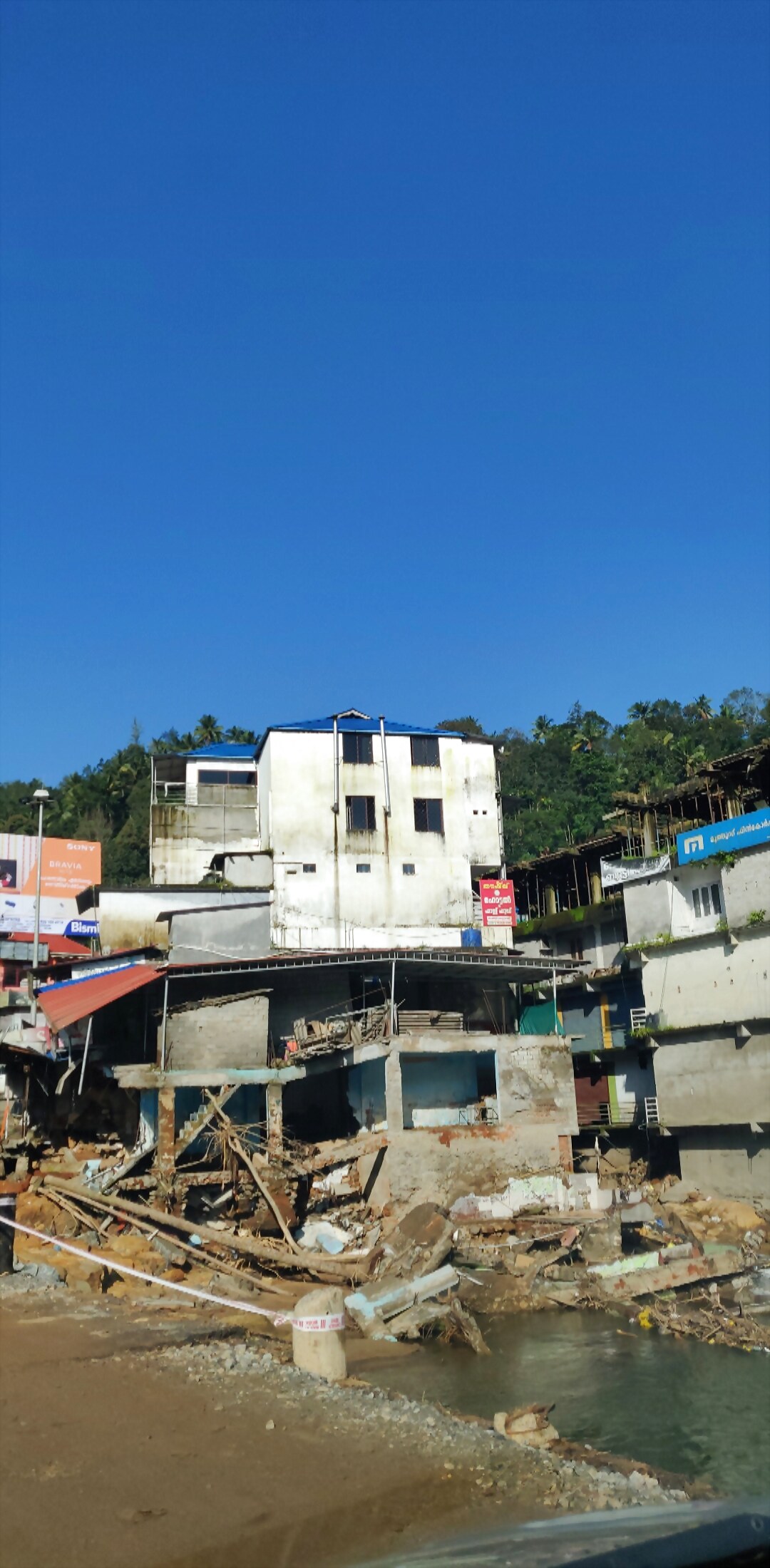
views
Cheruthoni: In a historic move, the Kerala government, on August 9, opened the shutters of the Cheruthoni dam on the Idukki reservoir after 26 years.
As the water was released, it travelled through Cheruthoni river to meet the Periyar river, about a kilometre from there. Further, it passed through Karimban, Thadambiyad, Perumbavoor, Bhoothathankettu and Aluva. The swollen river, combined with incessant rains, left a trail of destruction, killing more than 400 people.
The shutters of one of the largest arch dams in Asia were opened after 26 years and advocate CK Babu clearly remembers the particular day in October 1992. He said back then Mullaperiyar region in Tamil Nadu was hit with heavy rain, something that Kerala did not have at that point.
“I remember reading that the KSEB had checked the water level in the river in the morning and by evening, one of their officers got a message that Tamil Nadu had released water from the Mullaperiyar dam. When they checked the water again in the evening, there was an increase of about 4-5 ft,” the 62-year-old told News18.
The water, he added, was released from Mullaperiyar without any notice to the Kerala authorities. “The situation was alarming and somehow they got in touch with the higher authorities. Back in the day, there was no rampant use of mobile phones or WhatsApp. But many deliberations later, they went ahead and opened it because there was no other way,” he said.

Destruction in Idukki caused by the Kerala Floods.
Babu has lived in Cheruthoni all his life and added that the water, when released, barely touched the Cheruthoni dam.
“I remember standing on the bridge and enjoying the view of the swollen river,” he said. Cut to 2018, when the shutters were opened, the same bridge was completely destroyed.
“We know there was a lot of rain, almost 200% more than usual. We need to know if the Idukki dam’s catchment area could hold that amount of water. It’s imperative to know if it could. Could Mullaperiyar have contained the water in its catchment area? It is something that needs to be checked and addressed. I’m in no way saying that the calamity could have been avoided, but yes, I think the magnitude of the calamity could have been reduced if Mullaperiyar had increased the water intake in their area,” he added.
Babu’s statement echoes what the Kerala government has been saying since the floods wreaked havoc in the state.
Last month, in an affidavit to the Supreme Court, the Pinarayi Vijayan-led government blamed the disaster on Tamil Nadu government’s refusal to lower the water level in Mullaperiyar dam.
The government also pointed out how Tamil Nadu government repeatedly rejected its request to reduce water level in the dam from 142 feet to 139 feet.
Although the dam is located in Kerala, it serves and is operated by Tamil Nadu.
Kerala has for long been demanding de-commissioning of the dam which has over the years developed leaks.
















Comments
0 comment